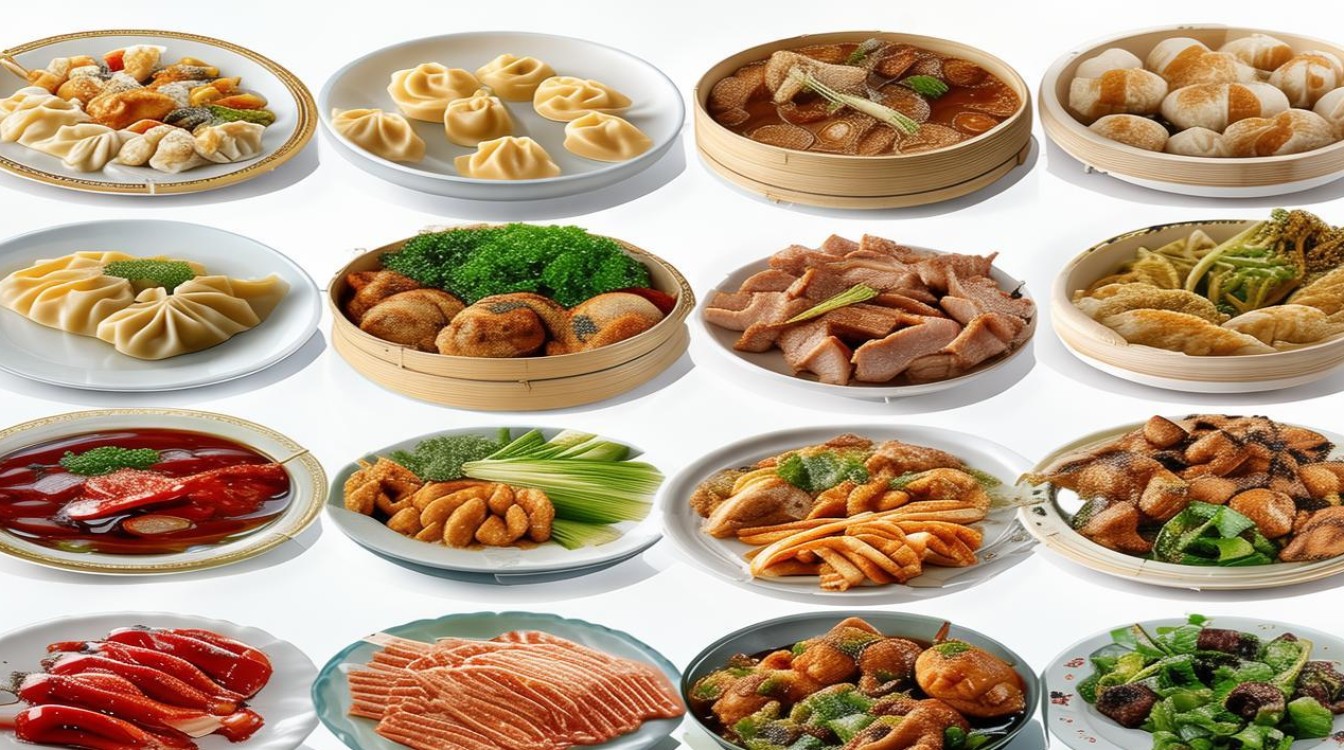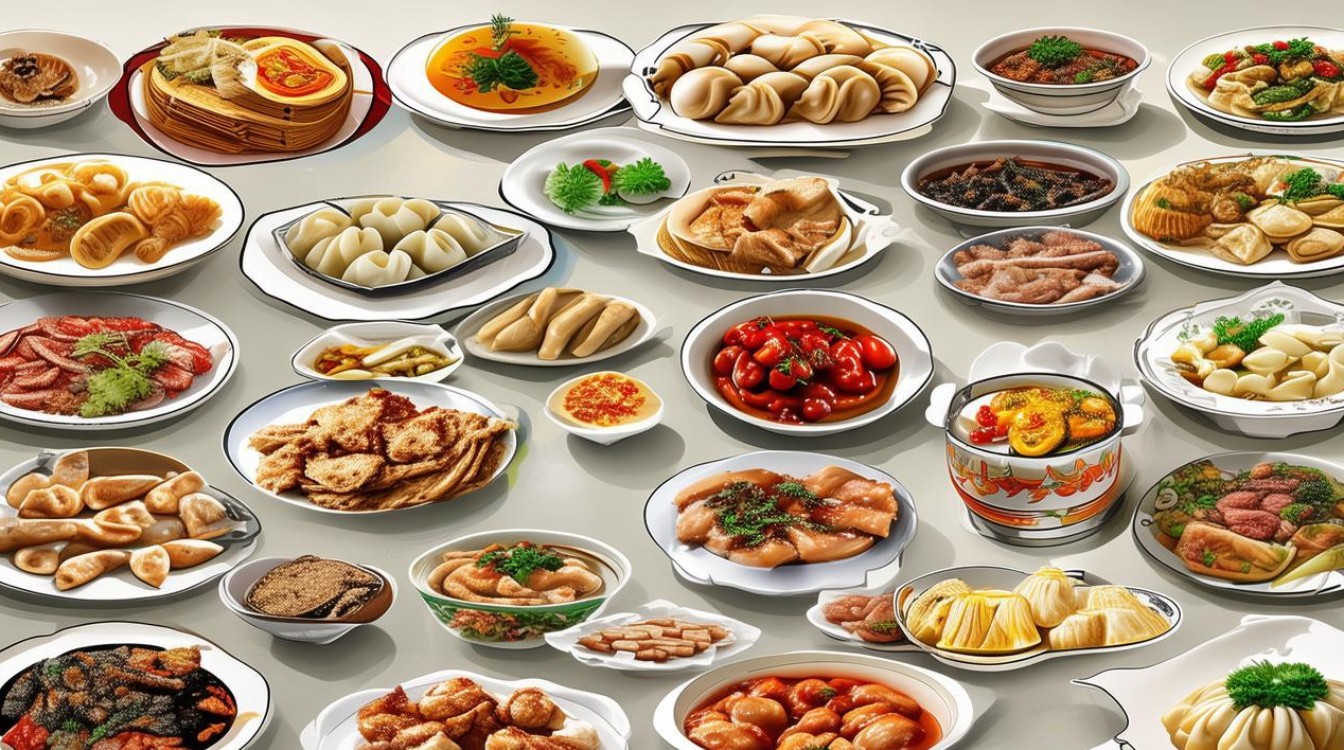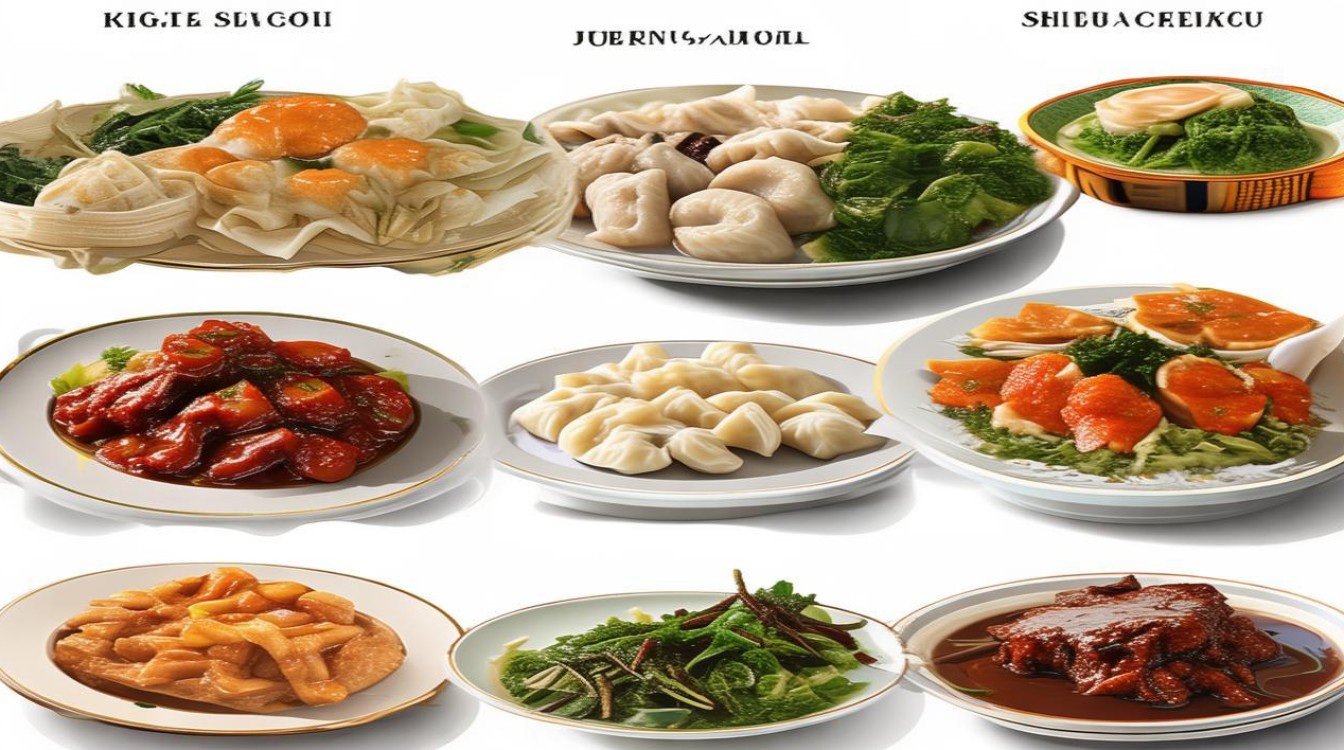Nestled along China's eastern coast, Jiangsu province boasts one of China's most refined regional cuisines. Known for its delicate flavors, artistic presentation, and emphasis on seasonal ingredients, Jiangsu food deserves recognition beyond Chinese borders. For international visitors and food enthusiasts, understanding key English terms related to this culinary tradition enhances appreciation. Here's a comprehensive guide to Jiangsu's gastronomic vocabulary.

Core Characteristics of Jiangsu Cuisine
Before diving into specific dishes, let's examine what defines this regional cooking style:
Huaiyang cuisine (淮扬菜 Huáiyáng cài) - The most celebrated branch of Jiangsu cooking, originating from Yangzhou, Huai'an, and Zhenjiang. UNESCO-listed as part of China's intangible cultural heritage.
Sweet-salty balance (甜咸平衡 tián xián pínghéng) - The signature flavor profile combining subtle sweetness with umami depth.
Knife skills (刀工 dāogōng) - Precision cutting techniques transforming ingredients into visually stunning components.
Braised dishes (红烧 hóngshāo) - Slow-cooked specialties featuring soy sauce-based sauces.
Clear soups (清汤 qīngtāng) - Light yet flavorful broths showcasing ingredient purity.
Regional Subdivisions and Their Specialties
Jiangsu's culinary map divides into four distinct styles, each with unique vocabulary:
Southern Jiangsu (苏帮菜 Sūbāng cài) - Suzhou/Wuxi
Squirrel-shaped mandarin fish (松鼠桂鱼 sōngshǔ guìyú) - Crispy whole fish scored to resemble pinecone scales, served with sweet-and-sour sauce.
Biluo shrimp (碧螺虾仁 bìluó xiārén) - Freshwater shrimp stir-fried with Biluochun green tea leaves.
Wuxi spare ribs (无锡排骨 Wúxī páigǔ) - Pork ribs caramelized in rock sugar and soy sauce.
Yangzhou/Jiangsu Central (淮扬菜 Huáiyáng cài)
Lion's head meatballs (狮子头 shīzi tóu) - Oversized pork patties simmered in clear broth or red-cooked style.
Yangzhou fried rice (扬州炒饭 Yángzhōu chǎofàn) - Internationally recognized version with diced ham, shrimp, and scrambled egg.
Dazhu gansi (大煮干丝 dà zhǔ gānsī) - Fine tofu shreds poached in superior chicken stock with ham and bamboo shoots.

Northern Jiangsu (徐海菜 Xúhǎi cài) - Xuzhou/Lianyungang
Mutton soup (羊肉汤 yángròu tāng) - Hearty broth with hand-pulled noodles, a winter staple.
Pancake wrapped dog meat (沛县狗肉 pèi xiàn gǒuròu) - Controversial local specialty often substituted with donkey meat for export menus.
Nanjing Cuisine (金陵菜 Jīnlíng cài)
Saltwater duck (盐水鸭 yánshuǐ yā) - Cold appetizer featuring brined, poached duck with clean flavors.
Duck blood vermicelli soup (鸭血粉丝汤 yā xiě fěnsī tāng) - Comfort food combining coagulated duck blood with glass noodles.
Cooking Techniques in Jiangsu Cuisine
Understanding these preparation methods helps decode menus:
Chuǐ (炊) - Steaming, used for delicate items like crab meat dumplings.
Mēn (焖) - Covered simmering, essential for tenderizing tougher cuts.
Huī (烩) - Thickened stewing, creating rich sauces for seafood and poultry.
Zuì (醉) - Wine-marinating, applied to crustaceans like drunken crab.
Seasonal Eating Vocabulary
Jiangsu chefs emphasize shí lìng (时令) - seasonal appropriateness:
Spring - Look for qīngtuán (青团), mugwort glutinous rice cakes stuffed with sweet bean paste.
Summer - Liáng bàn miàn (凉拌面), chilled noodles with sesame sauce and shredded vegetables.
Autumn - Dà zhá xiè (大闸蟹), hairy crab from Yangcheng Lake, best enjoyed with ginger vinegar.

Winter - Là bā zhōu (腊八粥), eight-treasure porridge eaten during Laba Festival.
Street Food and Snacks
Beyond banquet dishes, these casual items appear in night markets:
Shengjian bao (生煎包) - Pan-fried pork buns with crispy bottoms.
Tangbao (汤包) - Soup dumplings requiring careful eating to avoid spills.
Osmanthus cake (桂花糕 guìhuā gāo) - Fragrant steamed rice cakes dotted with sweet flowers.
Beverage Pairings
Complement Jiangsu flavors with appropriate drinks:
Yangzhou ruǎn zǎo (扬州软枣) - Jujube tea, often served after greasy meals.
Jinling chūn (金陵春) - Nanjing's signature rice wine, milder than Shaoxing varieties.
Biluochun tea (碧螺春) - Premium green tea from Dongting Mountain.
Modern Interpretations
Contemporary chefs adapt traditions with terms like:
Deconstructed lion's head (解构狮子头) - Molecular gastronomy versions separating components.
Foie gras xiaolongbao (鹅肝小笼包) - Luxury twists on classic dumplings.
Menu Decoding Tips
When navigating English menus, watch for these translations:

"Crystal" - Often indicates translucent appearance from careful fat removal.
"Drunken" - Signifies alcohol-marinated preparations.
"Eight treasure" - Refers to dishes incorporating eight premium ingredients.
Misleading translations sometimes occur. "Beggar's chicken" (叫化鸡 jiàohuā jī) actually denotes clay-baked chicken, not poverty cuisine.
Cultural Context Terms
Enhance understanding with these phrases:
Su xiu (苏绣) - Jiangsu's renowned embroidery style reflected in food plating.
Píngtán qīngchàng (评弹清唱) - Suzhou's musical storytelling tradition often enjoyed during meals.
Where to Experience Authentic Jiangsu Cuisine
Major cities host specialized restaurants:
Songhelou (松鹤楼) - Established 1737, Suzhou's most famous Huaiyang restaurant.
Shizilin (狮子林) - Nanjing institution known for historical recreation dishes.
For home cooking, key ingredients include Zhenjiang vinegar (镇江香醋) and Yancheng seaweed (盐城海苔).
Jiangsu's culinary lexicon extends far beyond this list, but mastering these terms provides entry into one of China's most sophisticated food cultures. Whether savoring a meticulously carved melon soup bowl or appreciating the harmony in a simple bowl of yangchun noodles (阳春面), the province's edible artistry speaks through both flavor and tradition.

